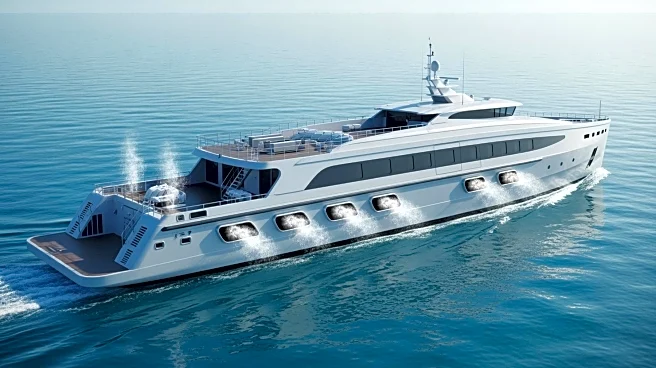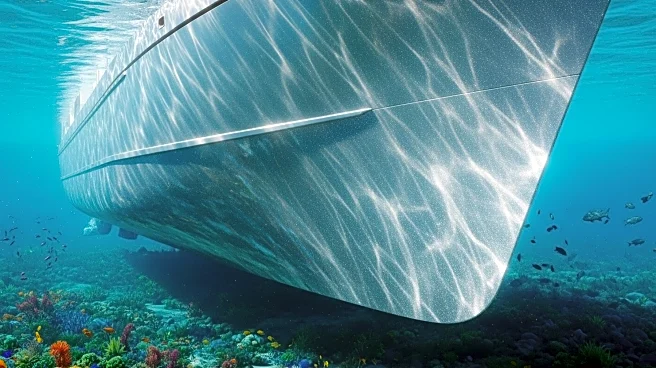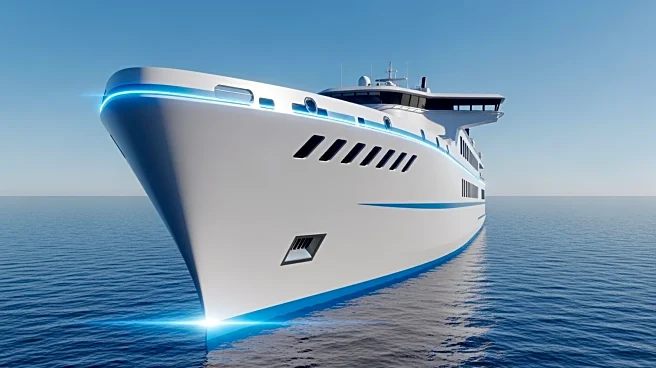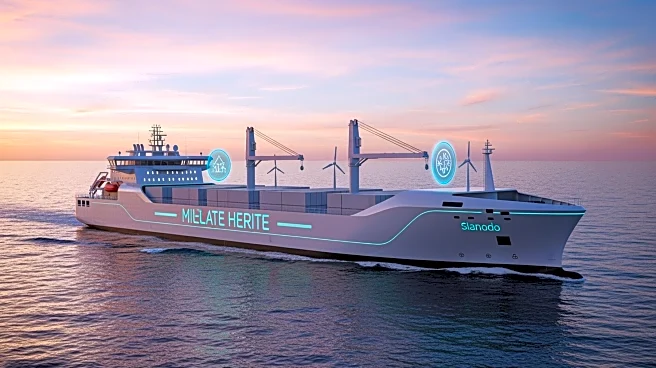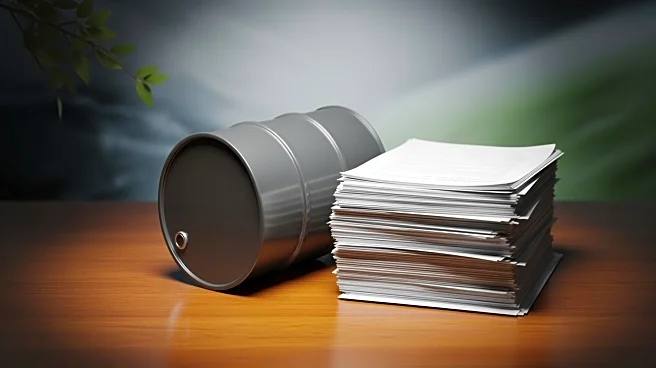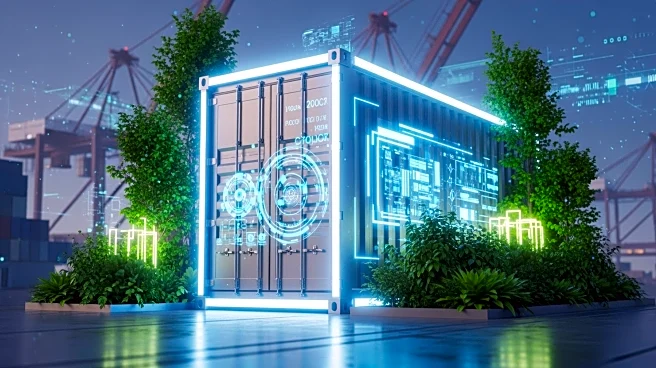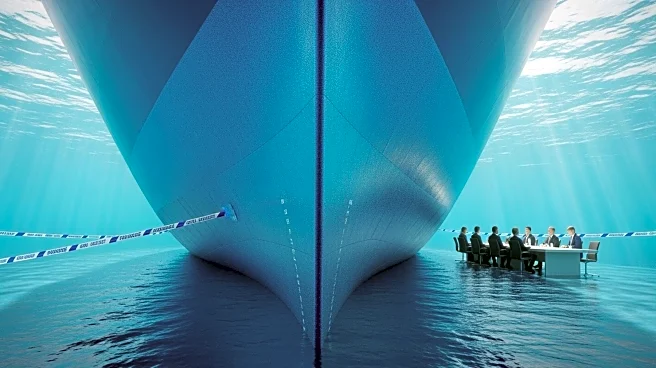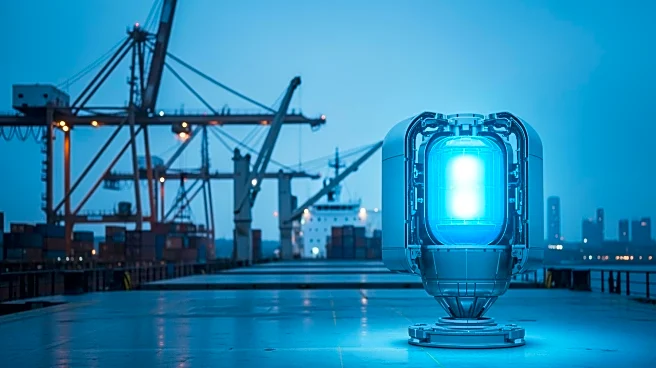What's Happening?
Air lubrication technology is being explored as a method to improve the efficiency of maritime vessels, which transport over 80% of the world's goods and contribute to 3% of global greenhouse gas emissions. By creating a layer of air bubbles under the hull,
ships can reduce water resistance, potentially lowering drag by 10-20%. This concept, inspired by penguins' natural ability to move swiftly through water, aims to make ships more energy-efficient, thus reducing fuel consumption and emissions.
Why It's Important?
The implementation of air lubrication systems could significantly impact the shipping industry by reducing fuel consumption and emissions, aligning with global efforts to combat climate change. As maritime transport is a major contributor to greenhouse gas emissions, enhancing vessel efficiency is crucial. The technology offers a promising solution, but its effectiveness depends on optimal integration with ship design, propeller selection, and machinery configuration.
Beyond the Headlines
The adoption of air lubrication systems faces challenges, including the need for comprehensive guidelines and incentives for shipping companies. While a few hundred ships have adopted the technology, widespread implementation could drive significant environmental benefits. Research continues to refine the technology, focusing on bubble behavior and system optimization to maximize efficiency gains.
